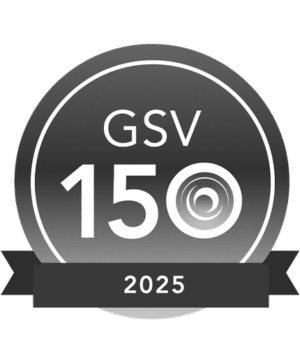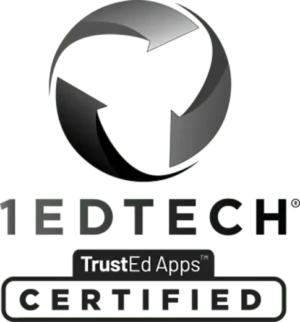
Are you looking for ways to collect feedback on your work but struggling to find a technique that works for you? Jessica Kazigian, educational specialist and instructional coach in Connecticut, walks us through her 4-step cycle for collecting and analyzing feedback to help grow your practice.
Six years ago, I transitioned to instructional coaching after teaching in the classroom for 15 years. Reflecting on my time as a new coach, I felt I was thrown into the role without any real training.
In my first year—like many other new coaches, I’m sure—I struggled to know what an instructional coach did, let alone how to do it “well.” Since then, I’ve chosen to focus on one new aspect of my coaching each year to develop myself, both as an instructional coach for classroom teachers and as a “coach of coaches.” Recently, I found myself wondering: did I give good feedback? Was I clear with my intentions? Is that feedback they can even use? I consistently asked teachers and other coaches to reflect on their teaching and coaching moves, yet I wasn’t doing the same.
This school year, I started looking at my coaching moves and created a way to guide my thinking around feedback and increase my capacity as a coach through a 4-step process.
The Steps
1) Collect information from those you work with
The easiest way I found to collect this information was via an anonymous Google Form. At first, my questions were vague, but as the year progressed, so did my questions. The questions that gave me the most information were the ones that asked specifically about particular coaching moves that helped me identify what I was doing and what I wasn’t doing yet. The feedback I collected from my coachees helped me better understand where I needed to improve.
2) Record yourself
Once I knew how others were receiving my coaching, it was time to observe myself in action. As we transitioned to online and blended learning, educators were open to me recording my screen—with their permission, of course! I began recording all the different kinds of sessions I facilitated and saved them to Google Drive. Later on, I’d watch myself engage in coaching conversations, plan lessons with teams of teachers, and deliver large professional learning sessions.
3) Analyze results and look for trends
I realize most of us don’t like to watch a recording of ourselves, but this part has been critical for me professionally. Without seeing yourself doing something, it’s hard to understand what you’re really doing.
I begin by picking one recorded session monthly to watch and focus on one specific area. This could be questioning, feedback, engagement of adult learners, encouraging participants to do the heavy lifting, or engaging with all types of adult learners. I also make an effort to connect it back to the feedback I received in step 1. For example, if my coachees never picked questioning as something that resonated with them, I would look out for questioning in the recording.
4) Set a focus-area goal
Once I’ve reflected on my learning, it’s time to try something new. In this stage, I find myself reading about the focus area identified from the feedback form and watching myself in action. Ultimately, this is the time I become a researcher and learner, using this knowledge to create coaching moves for future coaching sessions.
Final Note
As you finish this school year, ask yourself: how can you gather feedback on your coaching to set the tone for next year? Could you survey your teachers and record one session before the year is out?
About Our Guest Blogger
Jessica Kazigian is an education specialist and instructional coach for the CREC Resource Group in Hartford, CT. She supports classroom teachers and instructional coaches throughout the state of Connecticut in the areas of curriculum, instruction, teaching, and coaching strategies. Jessica collects feedback on her coaching to refine her coaching moves and build her capacity as an instructional coach.
Stay Connected
News, articles, and tips for meeting your district’s goals—delivered to your inbox.






















